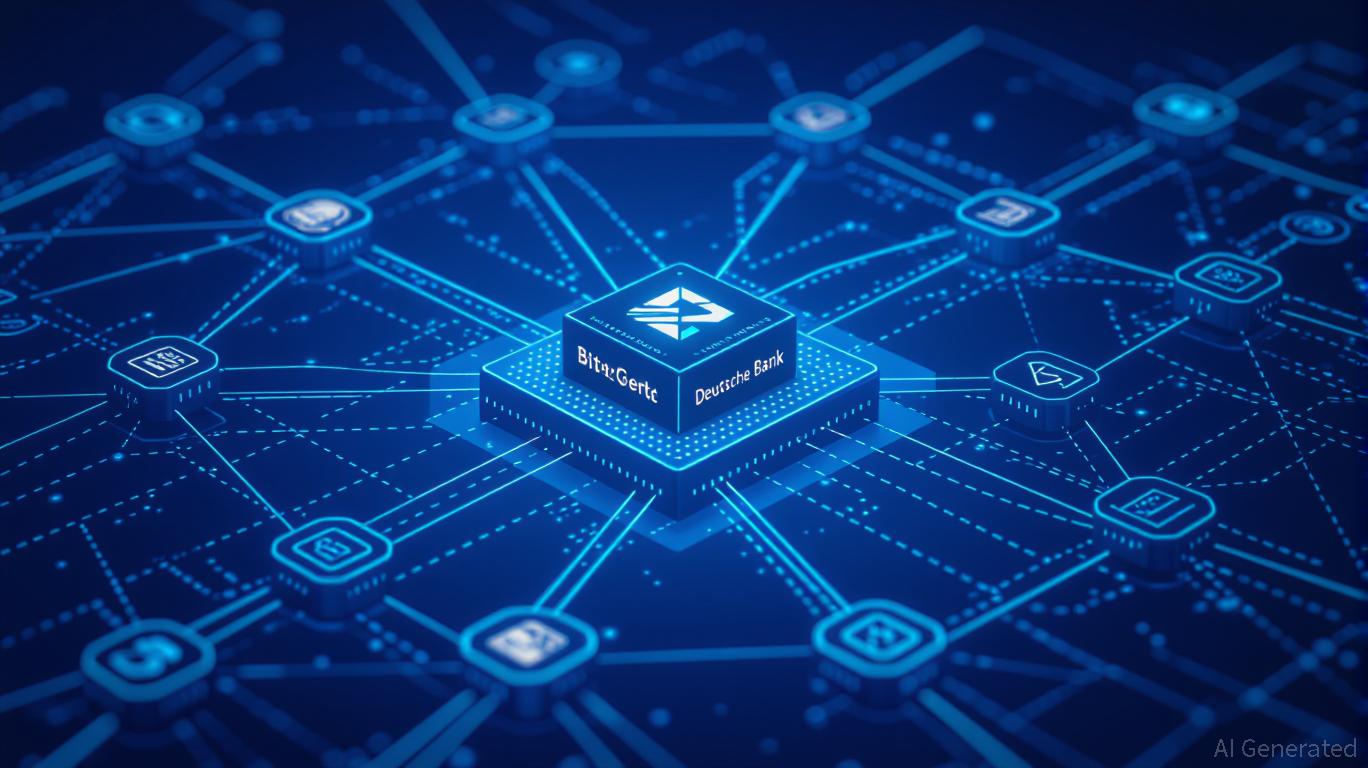ZKC plummets by 1064.18% over 24 hours as technical conditions worsen significantly
- ZKC plunged 1064.18% in 24 hours, with 2761.46% 7-day and 3628.14% monthly/annual declines amid severe technical deterioration. - RSI below 30 and bearish MACD crossover confirm oversold conditions, while price remains below 50/200-day moving averages. - Analysts warn of prolonged bearish momentum unless reversal patterns or fundamental shifts emerge to alter market sentiment. - A backtesting strategy using MACD/RSI signals and trailing stops aims to capture sustained downward momentum with risk-controll
On September 25, 2025, ZKC experienced a dramatic decline of 1064.18% in just 24 hours, falling to $0.5978. Over the past week, the token dropped by 2761.46%, with losses extending to 3628.14% over both the past month and year.
This steep decline in ZKC coincided with a significant weakening in major technical indicators. The Relative Strength Index (RSI) plunged below 30, indicating the asset is heavily oversold, while the Moving Average Convergence Divergence (MACD) signaled a strong bearish crossover. These developments point to intensifying downward momentum in both short- and medium-term periods. Throughout the day, price movements showed little resistance, and the persistent downward trend reflected a lack of confidence among short-term traders.
Adding to the negative outlook, the 50-day and 200-day moving averages have separated considerably, with the current price trading far beneath both lines. This pattern suggests a sustained bearish trend. Experts believe this downward phase will likely persist unless a clear reversal pattern forms or a major event shifts market sentiment.
Backtesting Hypothesis
A backtesting plan has been proposed to assess how well a technical trading strategy performs under these market conditions. The approach involves entering trades when a bearish MACD crossover is confirmed and the RSI is below 30, setting a stop-loss just above the latest swing high, and aiming for a profit target at 50% of the distance between the entry point and the nearest support. This method seeks to take advantage of ongoing bearish momentum while reducing the risk of false signals.
The strategy also uses a trailing stop to secure profits if the price starts to recover. Historical data from previous bearish cycles will be analyzed to determine how the strategy would have performed in similar scenarios. The underlying hypothesis is that, if bearish momentum continues, this system should deliver favorable risk-adjusted returns for ZKC in the current market environment.
Disclaimer: The content of this article solely reflects the author's opinion and does not represent the platform in any capacity. This article is not intended to serve as a reference for making investment decisions.
You may also like
Astar 2.0’s Tactical Rollout and Its Impact on the Market
- Astar Network launched Astar 2.0 on September 13, 2023, aiming to unify Ethereum and Substrate blockchains via Astar Link. - The platform emphasizes interoperability, revised tokenomics, and enterprise partnerships to challenge L2 leaders like Arbitrum and Optimism . - With 150,000 TPS and cross-chain integrations, Astar 2.0 targets scalable DeFi adoption but faces TVL declines and competition from ZK-rollups. - Enterprise collaborations with Sony and Toyota highlight real-world use cases, though market

Trust Wallet Token (TWT) Price Forecast: Assessing the Influence of DeFi Collaborations and Growing Institutional Attention
- Trust Wallet Token (TWT) expands utility via DeFi partnerships and institutional adoption, transitioning from governance to multifunctional asset. - Strategic collaborations with Ondo Finance (RWAs) and Binance's FlexGas feature enhance TWT's institutional appeal and transactional utility. - CZ's endorsement and Trust Premium loyalty program drive demand, while price projections suggest potential growth to $3-$15 by 2025-2030. - Risks include regulatory uncertainty, competition, and reliance on Trust Wal

ZK Atlas Enhancement: Driving Blockchain Expansion and Attracting Institutional Investments
- ZKsync's Atlas Upgrade (Oct 8, 2025) breaks scalability barriers with 15,000+ TPS, near-zero fees, and ZK proofs enhancing Ethereum's Layer 2 performance. - Innovations like Airbender proof system (40% lower overhead) and multi-VM compatibility enable seamless DeFi interoperability, attracting institutional capital seeking secure, scalable infrastructure. - Post-upgrade ZK token surged 50%, reflecting investor confidence, while partnerships like Grvt's $19M funding signal active institutional adoption of

Astar (ASTR) Experiences Price Rally in Late October 2025: Institutional Interest in Blockchain Interoperability Rises
- Astar (ASTR) price surged in late October 2025 as institutional interest in blockchain interoperability solutions intensified. - Astar's migration of DOT functionalities to its Asset Center improved cross-chain efficiency, attracting institutional trust. - Partnerships with Bitget, Startale Group, and Japan's Web3 leaders strengthened Astar's role as a bridge between traditional finance and decentralized ecosystems. - EURAU stablecoin's CCIP expansion highlighted growing institutional consensus on intero
